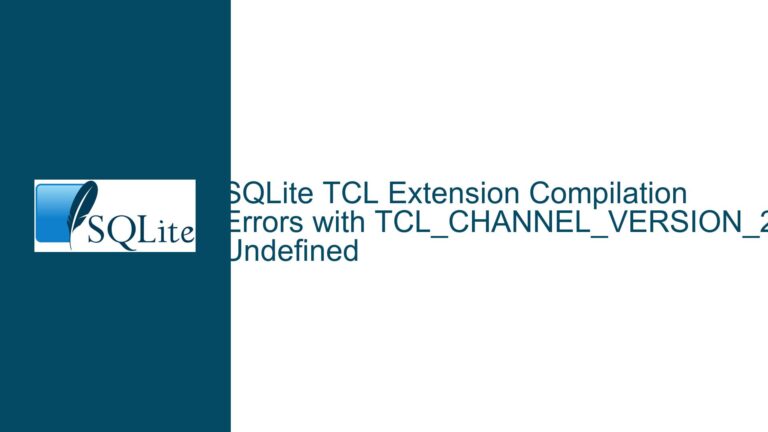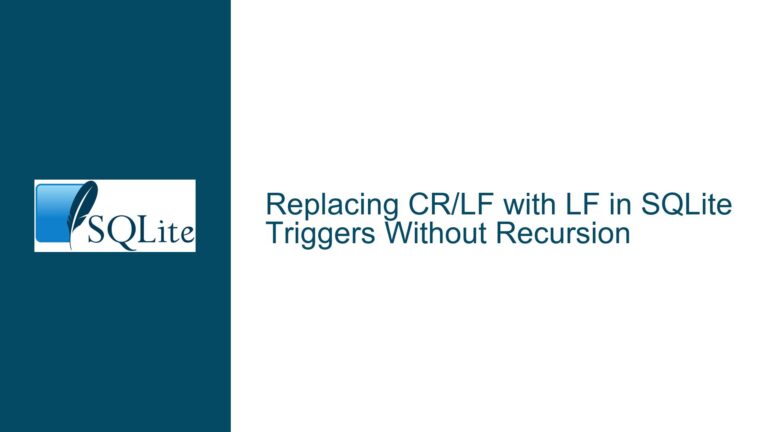Compiling SQLite3.dll with FOREIGN_KEYS Enabled by Default on Windows
Compiling SQLite3.dll with FOREIGN_KEYS=ON as Default When working with SQLite on Windows, one common requirement is to compile the SQLite3.dll library with specific configurations, such as enabling foreign key constraints by default. Foreign key constraints are crucial for maintaining referential integrity between tables in a relational database. By default, SQLite does not enforce foreign key…









